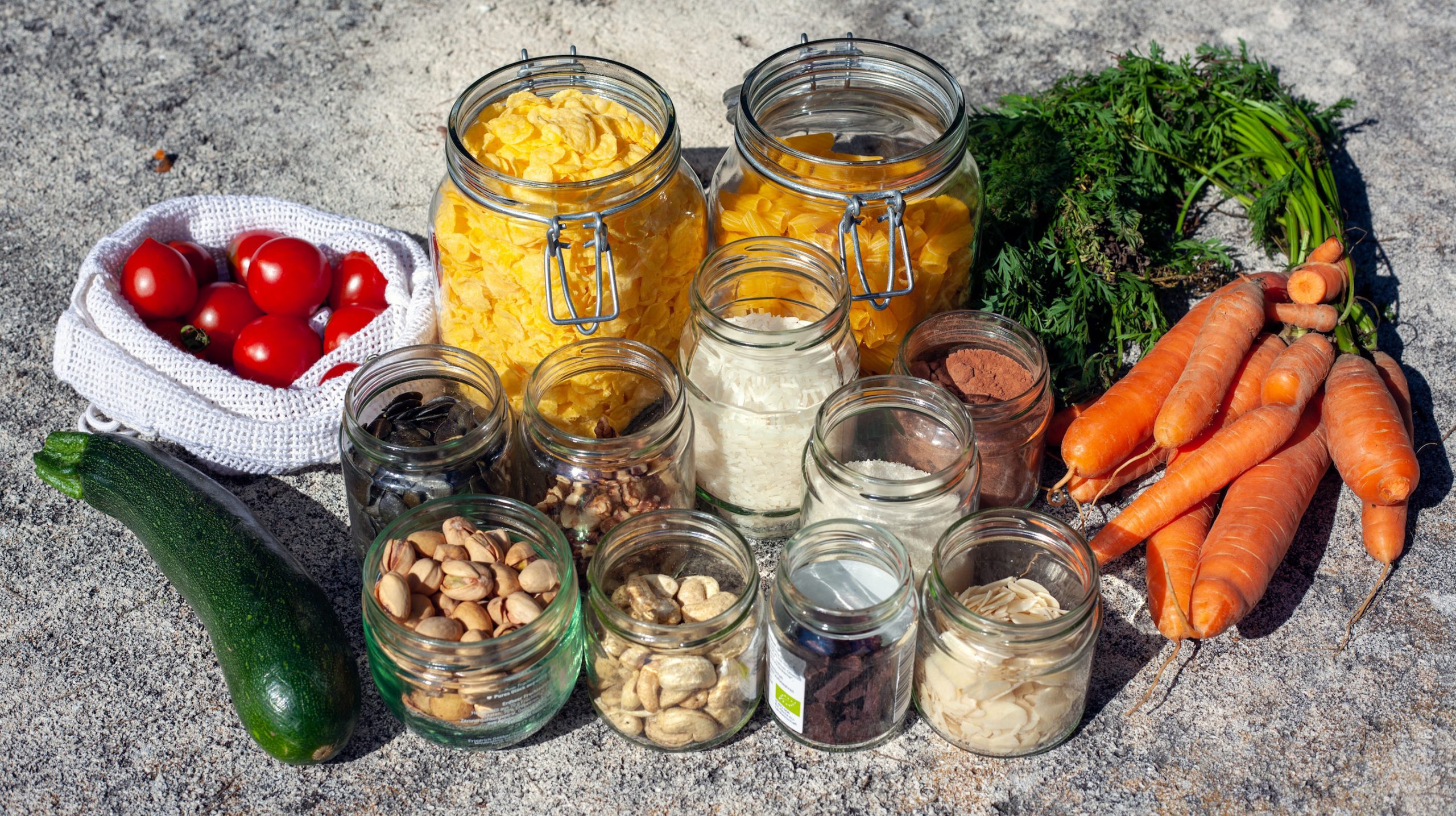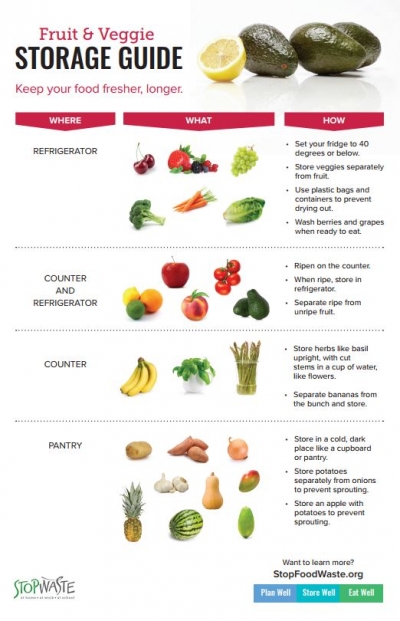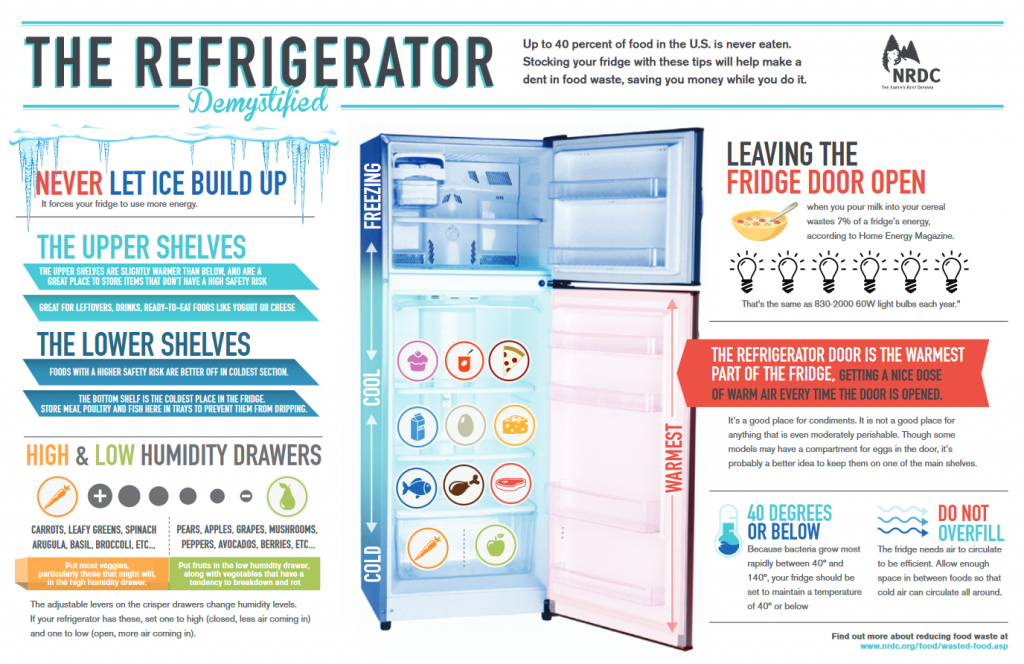
Hello everyone and welcome to my article about food storage tips to avoid waste. Did you know that over 30% of food waste occurs after we purchase it? By changing the way we store and reuse food we can not only live more sustainable life but also save the food we have available in the light of expected food flow difficulties driven by the pandemic.
Protectionist measures by national governments during the coronavirus crisis could provoke food shortages around the world, the UN’s food body has warned.
More effective food storage can also bring savings. According to a UK sustainability body WRAP, Brits: “could each save around £230 on our annual grocery bill if we reduced the amount of edible food we throw away at home”.
World food waste in stats
Food storage tips
1. Keep your food air tight
The reason for avoiding air is simple: reactions that spoil food need oxygen to occur. Therefore, carefully place your leftovers in properly closed packaging. A new food storage organisation could be implemented by reusing glass jars. Or this could be a good moment to invest in a durable selection of eco containers or mason jars. They not only look nice but are transparent helping to see what is inside preventing waste.
Never leave your food in the tin. The metal give the food an unpleasant taste and chemicals used to treat the inside of the aluminium can react with what’s inside.
2. Be smart with your fruit and veg
There are many clever food storage tricks that can stop fruit and vegetables from ripening too early or becoming rancid.
- Walnuts will last much longer if you peel them and put in a jar in your fridge.
- By separating fruit and vegetable the ripening process e.g. boosted by bananas can be stopped.
- Having cleaned and soaked your lettuce in water, dry it and place in a an air tight box in a fridge.
- Certain fruit and vegetable last longer in different conditions (cold or warm).

3. Store it in correct places in your fridge
First, the correct fridge temperature is below 5°C. Make sure to avoid overfilling your fridge shelves (apparently it should be around three-quarters full).
Here is an informative infographic that explains principles of fridge organisation based on its colder and warmer areas. And I am actually going to print it and stick on my fridge door as a reminder. It seems that instinctively I have been keeping certain food in correct places such as homemade yoghurts but many of products I buy need to be moved around.

4. Save and actually eat leftovers
Lovingly store away (in air tight containers) uneaten food. It happens to me to forget what I have kept and end up throwing it away! Here are a few suggestions to stop wasting leftovers:
- Consider clear containers to easily see what is hidden inside various boxes in your fridge.
- Freeze your leftover soups (having allowed it to cool) ideally with a label explaining what it is and when it was made. You can store it like this up to 3 months.
- Get into the habit of using your dinner left overs for lunch next day (I know it might be tricky with children complaining about the same meal twice).
There are also many simple recipes with stale food or leftovers treated as ingredients. Here are a few ones I like. Why don’t you share yours in a comments box? I would love to try them!
- bread and butter pudding – perfect with stale bread
- cauliflower tray bake with chickpeas – good with oldish veggies
- simple breadcrumbs – made with dry bread
5. Segregate older and newer products
6. Know what date labels actually mean
There are many ways to label products and they’re usually different in each country. In many places there is only one date. For example in the UK, there are 2 key labels as below. In any case, wherever you live, it is always worth checking meaning and facts behind the commonly used labels.
- USE BY is a previously determined date after which something is not safe to consume. Regulations differ between countries and this label is about SAFETY.
- BEST BEFORE tells you that the food is no longer in its perfect shape from that date. This information is about QUALITY.
It is also very useful to know general rules how long after use by date food might last. Before you eat it though always follow basic rules of smell test.
- Yoghurts can be eaten after the expiry date (up to 1 or 2 weeks) even with the watery stuff – apparently it is the whey protein separating. Be careful if it smells too much though.
- Hard cheese can last a while – simply cut off the mouldy parts.
- Salads need careful examination and always remove the slimy leaves.
- Unopened cereals can apparently last months after expiry date
- Dry pasta, as it doesn’t contain water, can apparently be eaten up to 3 years after expiry date
- Meat, seafood, poultry, eggs, soft cheese need closer examination and it’s better not to risk it. Some experts offer even stricter warning regarding these foods: “If something is in date and doesn’t smell right, don’t use it,”
- Pickles, preserves, sugar and salt are the forever products as they never go off!
And did you know that by freezing food you can extend its shelf life? Just make sure you do it right up to their use by date. And once food has been defrosted, use it within 24 hours
New habits tips to improve food storage
Changing old habits such as food storage especially when all done at once is not straight forward. Here are 5 tips to make it happen:
- Don’t try to change everything at the same time.
- Explain and teach your family/housemates/partner what you’re trying to do and why.
- Write it down or make it visual – like my print out of the new fridge organisation.
- Get a buddy to check on progress and keep each other motivated.
- Do it for yourself as opposed to following the fashion.

Like!! Thank you for publishing this awesome article.